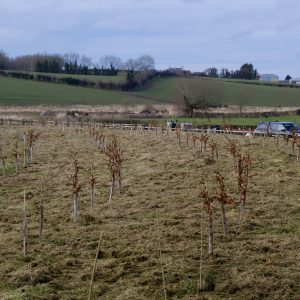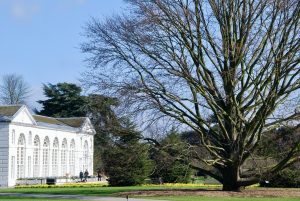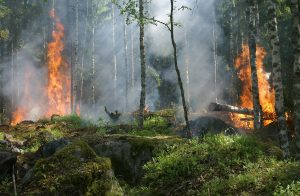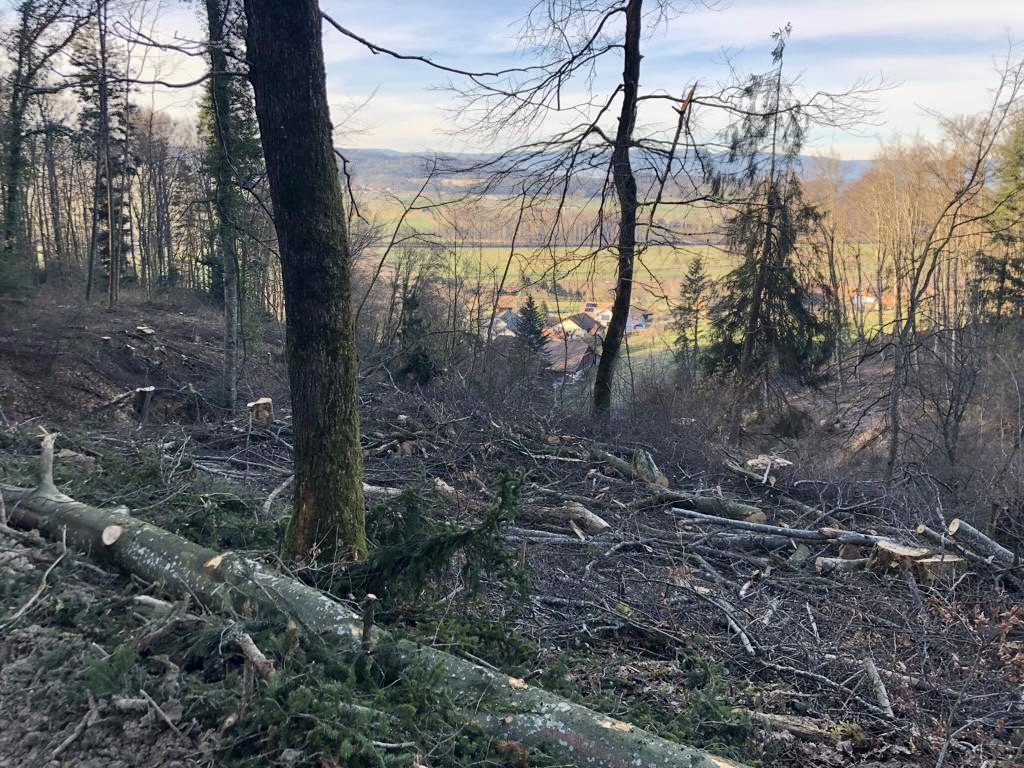Growing forests, losing forests ……

In recent years, there have been a number of initiatives to plant millions of trees, both here in the UK and in many other countries. For example,
- http://www.stumpupfortrees.org/bryn-arw-common-pilot-plant/
- https://www.nationaltrust.org.uk/press-release/national-trusts-plans-for-20-million-right-trees-in-right-places-take-root
- https://queensgreencanopy.org
- https://onelifeonetree.com
- https://earthwatch.org.uk/get-involved/tiny-forest?gclid=EAIaIQobChMIiqyVxOvA9w
- https://earthwatch.org.uk/get-involved/tiny-forest
 The trees are not being planted to increase timber production. They are to help offset global warming as trees take up carbon dioxide through photosynthesis, so they remove this greenhouse gas from the atmosphere thus helping to offset global warming.
The trees are not being planted to increase timber production. They are to help offset global warming as trees take up carbon dioxide through photosynthesis, so they remove this greenhouse gas from the atmosphere thus helping to offset global warming.
However, planting just ‘any old tree’ is not going to solve anything, so scientists from Kew Gardens (RBG Kew) and Botanic Gardens Conservation International (BGCI) have set out ten ‘golden rules’ for reforestation.
The "Kew" guidelines have been summarised as below :
- Protect existing forests first
- Put local people at the heart of tree-planting projects
- Maximise biodiversity recovery to meet multiple goals
- Select the right area for reforestation
- Use natural forest regrowth wherever possible
- Select the right tree species that can maximise biodiversity
- Make sure the trees are resilient to adapt to a changing climate
- Plan ahead
- Learn by doing
- Make it pay
 However, fast as trees are being planted in many places, there have been substantial losses of forests and woodlands in recent times. The blog has reported on the extensive fires in Sweden, and the Mediterranean. The recent fires in boreal regions have been extensive and worrying - they have affected Canada, Russia and Alaska. In the last year, Russia lost some 6.5 million hectares of tree cover.
However, fast as trees are being planted in many places, there have been substantial losses of forests and woodlands in recent times. The blog has reported on the extensive fires in Sweden, and the Mediterranean. The recent fires in boreal regions have been extensive and worrying - they have affected Canada, Russia and Alaska. In the last year, Russia lost some 6.5 million hectares of tree cover.
Boreal forests are often portrayed as vast tracts of ancient, untouched wilderness. Whilst it is true that the boreal region is in itself ancient, the boreal forests are generally composed of relatively young trees trees (as compared to the oaks etc. found in temperate forests and woodlands). Historically speaking, boreal forests have renewed themselves through natural regeneration, after fires. But now with climate change and rising temperatures, conditions are drier and the fires are more frequent and more intense. There is also a problem of damage by insects.
The loss of forests in tropical and sub-tropical regions has been a cause for concern for many years, not only because of their importance in generating oxygen and removing carbon dioxide but also as they represent areas of great biodiversity. Sadly, the loss of such forested areas continues, despite the commitments made at COP26 (where some 141 countries committed to "halt and reverse forest loss by 2030.").

clear felling in progress
Forest / tree clearance occurs as a result of clearance for activities such as cattle ranching or the production of palm oil. However, as a result of the events in Ukraine / Russia the availability / prices of certain oils is now high. This is also true for palm oil so the ‘temptation’ to convert forested areas into palm oil plantations is significant. Whilst there is clear evidence that various countries and governments are involved in the creation of woodlands & forests through tree planting initiatives, and working to reduce the loss of primary forests to agriculture or timber extraction, there is concern that nature itself is beginning to work against us. Changing weather patterns, increasing temperatures and extreme climate events are already affecting many forested ecosystems.
Comments are closed for this post.
